A dry socket may occur after tooth extraction, a procedure in which a tooth is removed from the socket in the jawbone. It is the most common complication that follows tooth extraction.
The main factor contributing to a dry socket is a blood clot, a mass of blood that forms after the tooth is removed. It is a protective layer in the empty socket covering exposed bone and nerve endings. It also consists of cells whose role is to regenerate the tooth extraction site. The dry socket may develop if the blood clot does not form, is dislodged, or gets dissolved until it does its job.
Pain due to a dry socket usually appears at the extraction site and radiates to the side of the face. It may also lead to bad breath, mild fever, and an unpleasant taste in the mouth.
A dry socket can develop due to the extraction of any tooth, but it is most likely to occur after wisdom tooth removal. It is estimated to happen after 2-5% of tooth extractions![]() .
.
A dry socket can cause pain and discomfort but is not considered dangerous. It rarely leads to infections or severe complications. Another good news is that dry sockets can heal on their own. The problem usually goes away within one week or, in some cases, about ten days.
If you have recently had a tooth extraction and are experiencing severe pain, it's essential to contact your dentist for an evaluation. You will be given medicines that bring moderate relief quickly.
Dry sockets and blood clots![]() are related to dental procedures, particularly tooth extractions. The blood clot is crucial for healing, acting as a protective barrier over the underlying bone and nerves. Comprised of platelets, fibrin, and other blood components, the blood clot promotes healing by providing a foundation for forming new tissue and bone.
are related to dental procedures, particularly tooth extractions. The blood clot is crucial for healing, acting as a protective barrier over the underlying bone and nerves. Comprised of platelets, fibrin, and other blood components, the blood clot promotes healing by providing a foundation for forming new tissue and bone.
On the other hand, dry socket, or alveolar osteitis, occurs when the blood clot is dislodged or dissolves prematurely. This exposes the bone and nerves in the extraction site, leading to increased pain, a foul taste or odor, and potential visibility of bone in the socket. Smoking, inadequate blood clot formation, and poor oral hygiene contribute to the development of dry sockets.
Dry sockets usually develop after tooth removal but may also occur due to other reasons, such as lifestyle habits and incorrect dental hygiene practices. The following factors particularly increase the risk of dry sockets:

The telltale signs of dry sockets are sudden and unexplained pain in your jaw, usually on the same side, near the tooth extraction site. If you can also see the bone where your tooth used to be situated, you can almost be assured that you have a dry socket.
Dry sockets typically develop 2-3 days after tooth extraction![]() but, in some cases, can occur in a different time frame. It is usually a mild inconvenience, but some people experience severe pain and discomfort. Pain may radiate to your ears, neck, neck, and temple.
but, in some cases, can occur in a different time frame. It is usually a mild inconvenience, but some people experience severe pain and discomfort. Pain may radiate to your ears, neck, neck, and temple.
Other common symptoms of dry socket include:
It is important to note that pain tolerances vary from person to person. People more resistant to pain or used to it may ignore dry sockets if it is benign and doesn't cause problematic symptoms like fever and severe pain. In such cases, treatment, which focuses on pain management, may not be necessary.
Oral surgeons and dentists can usually tell if a person has a dry socket if severe pain occurs a few days after tooth extraction surgery. The presence of other symptoms, including bad breath and exposed bone in the place where the tooth used to be located, helps confirm the diagnosis.
Sometimes, a doctor may order additional tests to rule out other issues, like bone infection (osteomyelitis) and tooth fragments stuck in the jaw. The most common test to confirm a dry socket is a dental X-ray, which can provide a detailed image of the tooth extraction site.
The main goals of treatment for dry sockets are pain relief and proper management of the tooth extraction site. First, you must go to the dentist to have your tooth socket properly cleaned from food and other particles. This step reduces the infection risk and helps relieve the pain.
After your socket is cleaned, healthcare professionals will fill it with medicated dressing![]() , gel, or paste to speed up the healing process and further alleviate the pain – many people who get their socket packet with medicine experience quick improvement and relief in their symptoms. However, how fast your pain improves depends on your case's severity.
, gel, or paste to speed up the healing process and further alleviate the pain – many people who get their socket packet with medicine experience quick improvement and relief in their symptoms. However, how fast your pain improves depends on your case's severity.
Your dentist will give you instructions regarding the dressing. You may need to remove it at home and clean your socket or replace it if your symptoms are severe.
Once your treatment begins, you should start feeling relief from pain. The improvement in pain and other symptoms will likely continue and should be gone within a few days. It's essential to keep your appointments with your dentist or oral surgeon for dressing changes and additional care, even if you're feeling better. This helps ensure a smooth and complete recovery.
The second part of treatment for dry sockets takes place at home. This encompasses self-care tips, medicines, and management strategies that promote healing and improve oral comfort. Your dentist will likely recommend you to follow these instructions:
Although a dry socket is not an emergency, we encourage you to see a doctor when you experience pain at the tooth extraction site. The sooner you visit a dentist, the sooner you will be prescribed medication to reduce the pain.
You should also see your doctor if the pain increases after treatment or if other symptoms, such as nausea, vomiting, and fever, have developed.
The prognosis for dry sockets is generally good, but the condition can be quite painful and may require medicines prescribed by a dental professional.![]() The typical symptoms of dry sockets include severe pain, bad breath, and an unpleasant taste in the mouth. If you suspect you have a dry socket, you must contact your dentist for proper evaluation and treatment.
The typical symptoms of dry sockets include severe pain, bad breath, and an unpleasant taste in the mouth. If you suspect you have a dry socket, you must contact your dentist for proper evaluation and treatment.
After tooth removal surgery, you risk developing a dry socket, so it is vital to follow specific guidelines to avoid it. Here are seven things you can do to prevent dry sockets:

A dry socket is a common complication that may develop due to tooth extraction, especially after wisdom tooth removal. In approximately 2-5% of removal cases, dry socket is primarily attributed to the dislodgement or absence of the blood clot formed in the extraction socket, exposing the bone and nerves.
Improper oral care, such as overzealous swishing with antibacterial mouthwash and using straws post-extraction, may lead to the dislodgment of blood clots, increasing the risk of dry sockets. Vigorous teeth brushing and the act of smoking, which involves sucking, can also contribute to this condition.
Common symptoms of dry socket include pain radiating from the extraction site to the face, visible bone at the extraction site, bad breath (halitosis), a foul taste in the mouth, and occasionally mild fever. These symptoms typically last 2-3 days post-extraction.
Diagnosis is usually based on clinical evaluation by dentists, who can identify the condition based on severe, unexplained pain. In some cases, additional tests such as X-rays may be conducted to rule out infections or retained tooth fragments.
Treatment involves dental cleaning to remove debris, reducing the risk of infection with antibiotics, and applying medicated dressing to the socket to promote healing and alleviate pain. Home management includes taking prescribed pain-relieving medications, drinking fluids to counteract nausea from drugs, using a cold compress for additional relief, rinsing the mouth with warm salt water, avoiding carbonated beverages, smoking, and vigorous teeth brushing.
Preventive measures to avoid the development of dry socket include refraining from intense physical activity to prevent clot dislodgment, chewing near the extraction area to minimize the risk of pushing out the clot, switching to soft foods for a few days, avoiding the use of straws due to suction force, quitting or limiting smoking to prevent infection, discussing medications with the doctor, and being cautious with spitting.
Table of Contents
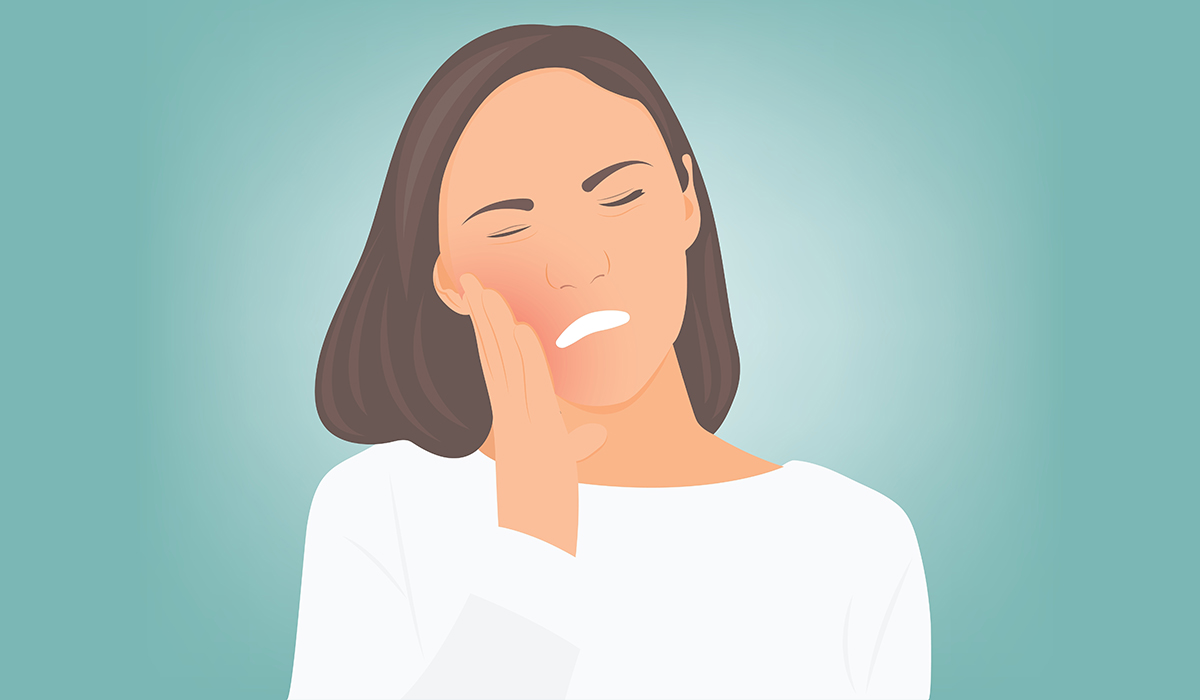
Tooth pain, which is additionally called dental pain, implies a harmful feeling that can take place in or around a… read more »
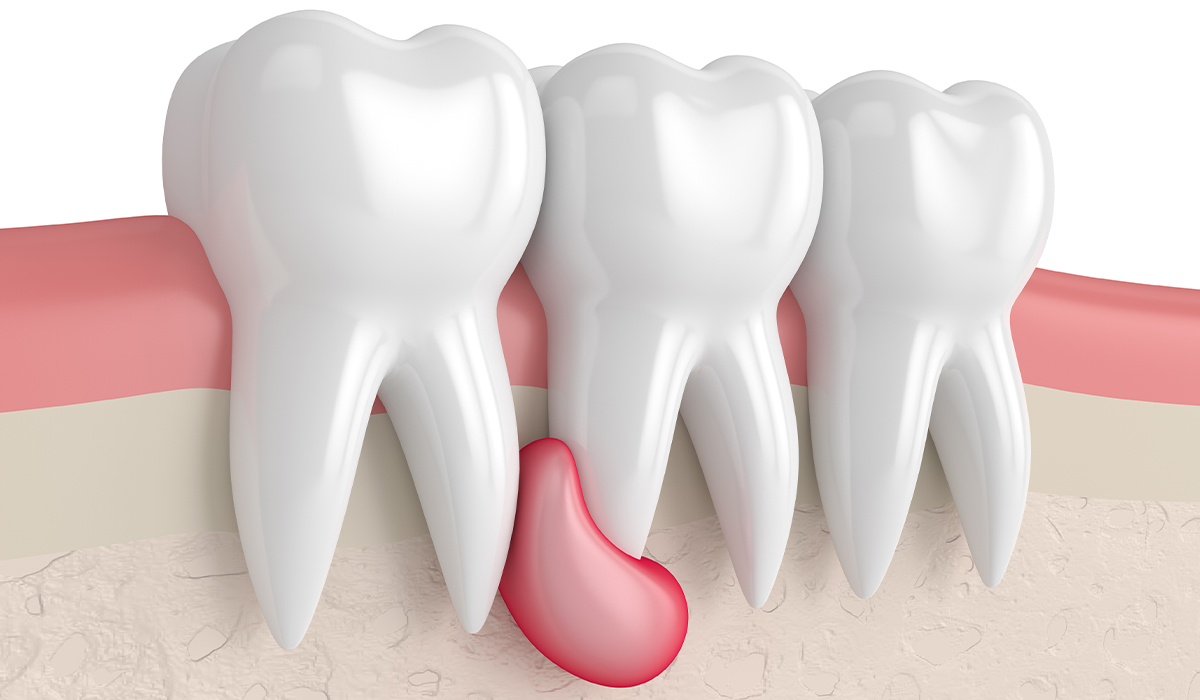
An abscess tooth is a painful dental condition characterized by a pocket of pus that forms due to a bacterial… read more »

Thrombosis occurs when blood clots form inside blood vessels and partially or entirely limit blood flow. What are the symptoms?… read more »

A clot is a lump of blood clot. This process is the body's natural response to damage to blood vessels… read more »

A toothache is an unpleasant symptom that can have various causes. Learn methods on how to deal with a toothache,… read more »
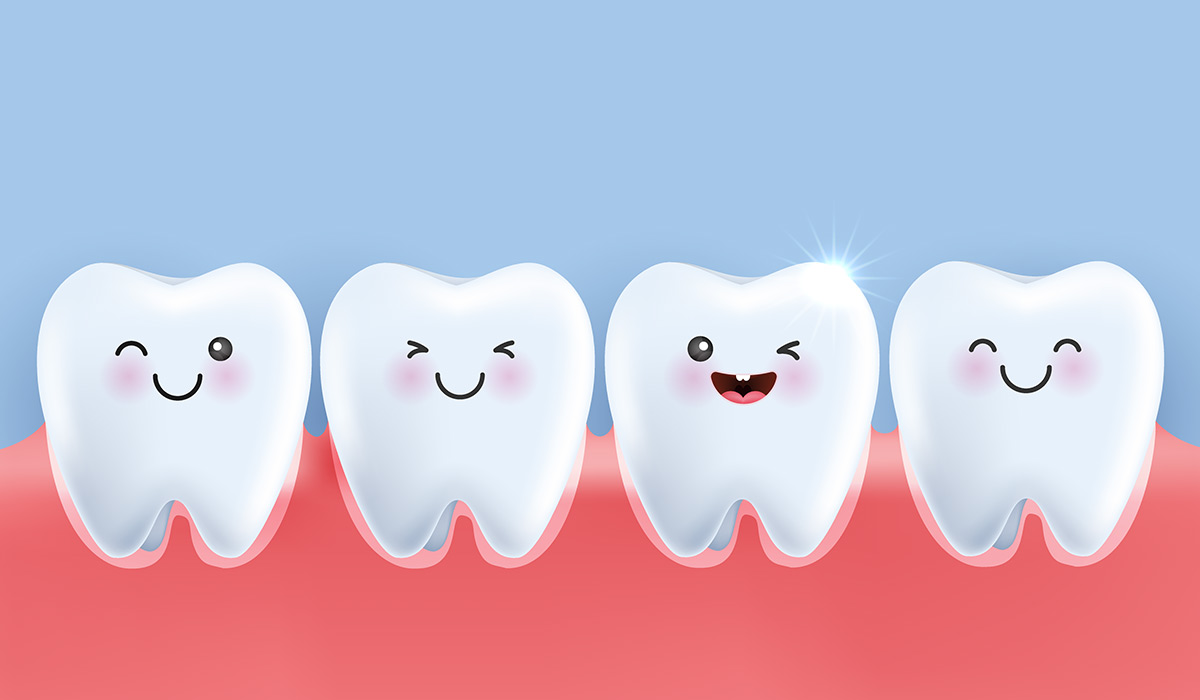
Teeth, the minuscule pieces of white, are of utmost importance, although seemingly unimportant at first glance. Teeth, which are multi-functional… read more »
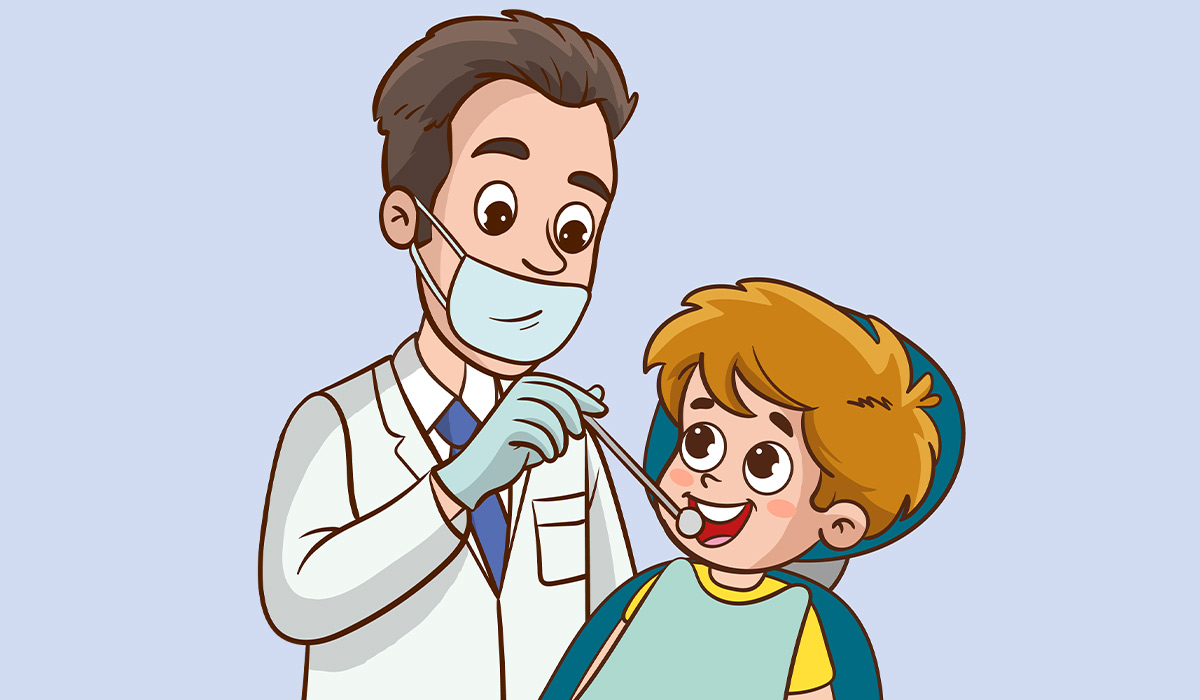
A dentist is a master in pharmaceuticals who treats issues related to oral well-being. They analyze, treat, and avoid infections… read more »
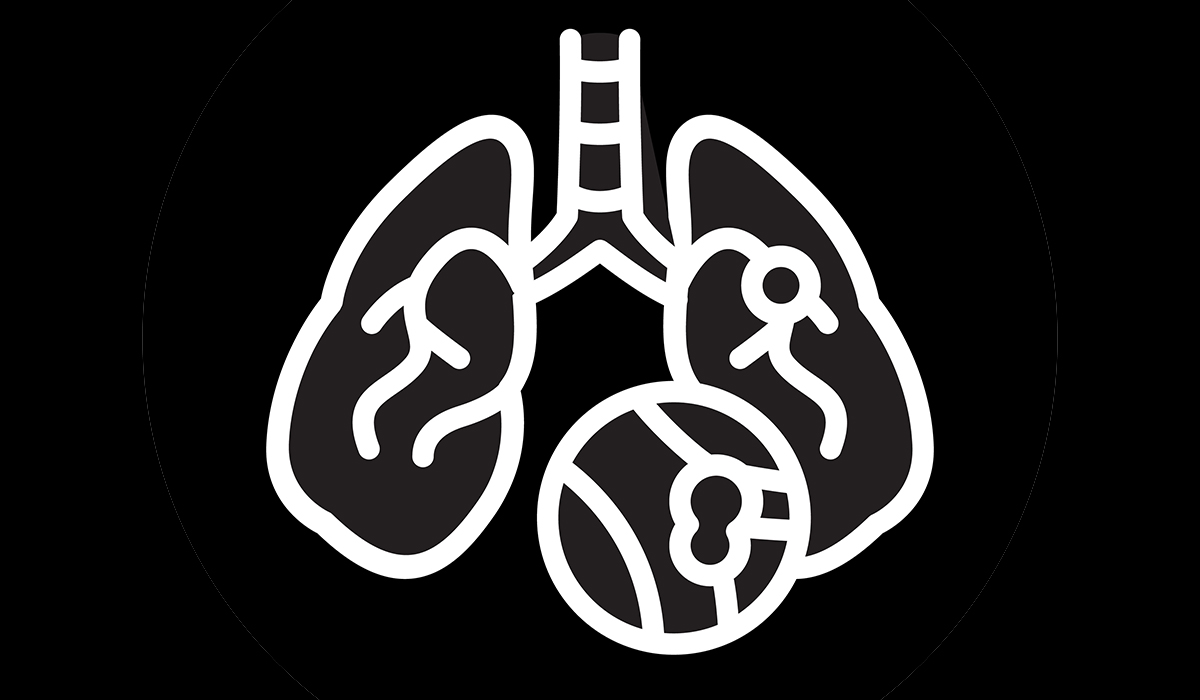
A pulmonary embolism develops when a clump, most often a blood clot, gets stuck inside the lung blood vessel. It… read more »
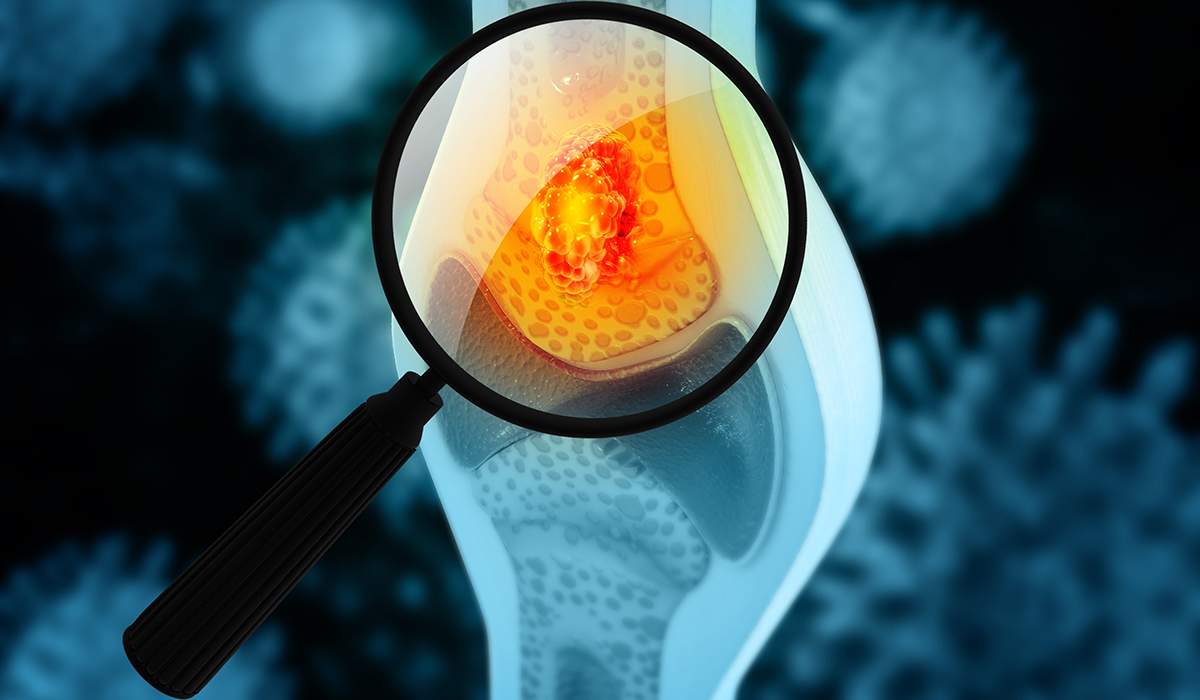
Bone cancer is a disease in which cancerous lesions develop in bone tissue. It can be primary or a result… read more »